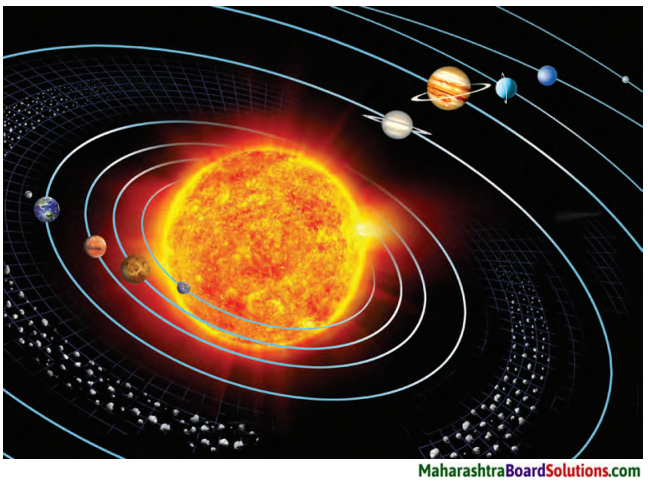Balbharti Maharashtra State Board Class 5 Environmental Studies Solutions Chapter 20 Our Emotional World Notes, Textbook Exercise Important Questions and Answers.
5th Standard EVS 1 Lesson Number 20 Question Answer Our Emotional World Maharashtra Board
Std 5 EVS 1 Chapter 20 Question Answer
1. Fill in the blanks with the correct answers from the options given below:
Question (a)
Just as man is able to think, he is also …………….. .
(a) emotional
(b) sensational
(c) fascinating
Answer:
(a) emotional
Question (b)
We must always think about the …………………. in our friends first.
(a) vices
(b) virtues
(c) abnormalities
Answer:
(b) virtues
2. Answer in one sentence.
Question (a)
How does a balanced personality develop?
Answer:
A balanced personality develops, when we learn to cope with our emotions.
Question (b)
Why does our attitude of co-operation and understanding decrease?
Answer:
Our attitude of co-operation and understanding decreases when we become short tempered and stubborn.
Question (c)
What must we do after we have found the flaws in our nature?
Answer:
After we have found the flaws in our nature, we must try to correct them ourselves.
3. Answer in short.
Question (a)
What is meant by ‘coping with emotions’?
Answer:
- If someone does something wrong, we get angry.
- We must not lose our temper.
- We must be able to keep a balance between our thoughts and emotions.
- If we think properly, we can control or cope with our emotions.
Question (b)
What are the harmful effects of anger?
Answer:
The harmful effects of anger are:
- It affects our body and mind.
- We become short tempered and stubborn.
- Our attitude of co-operation and understanding decreases.
- We hurt others.
- We face consequence such as headaches, loss of sleep and dullness.
Question (c)
Why must we know our flaws?
Answer:
We must know our flaws so that
(a) We can improve upon them.
(b) Just because we are unable to do something, it does not mean that we stop trying to excel at what we can do.
Write how you will react:
Question (a)
Your teacher does not listen to you.
Answer:
I will be patient and wait for an opportunity to speak to my teacher.
Question (b)
Your parents ask for your opinion while making decisions.
Answer:
I will think on the matter and try to give my opinion.
Question (c)
Your friend got a big prize.
Answer:
I will be happy and congratulate him for his success.
Question (d)
Your classmates praise you.
Answer:
I will thank my friends.
Question (e)
Rohan insulted you in class.
Answer:
I will feel sad. But wait for the correct opportunity to speak to him about his behaviour.
What will you do in this situation?
Question (a)
Rohini won a prize in an essay competition.
Answer:
I will be happy and congratulate her for her good work.
Question (b)
Kavita refuses to eat her tiffin because she was angry.
Answer:
I will speak to her and tell her to control her anger and eat her tiffin.
Question (c)
Veena keeps herself to herself at school.
Answer:
I will try befriend her and make her involve in school activities.
Question (d)
Makarand says, “I can’t help it if I have a stubborn personality.”
Answer:
I will make Makarand understand that being stubborn leads to misunderstanding and hurting others.
Environmental Studies Part 1 Standard 5th Solutions Chapter 20 Our Emotional World Additional Important Questions and Answers
Fill in the blanks with the correct answers from the options given below:
Question 1.
……………… adjustments involves coping with your emotions, controlling and impressing them in a reasonable manner.
(a) Psychological
(b) Physical
(c) Emotional
Answer:
(c) Emotional
Question 2.
………………… is an emotion just like happiness
or sadness.
(a) Happiness
(b) Anger
(c) Sadness
Answer:
(b) Anger
Question 3.
If we speak about our flaws as openly as we speak about our talents, it will be to our ……………… .
(a) disadvantage
(b) advantage
(c) control
Answer:
(b) advantage
Question 4.
Human nature has many ………………….. aspects.
(a) similar
(b) different
(c) equal
Answer:
(b) different
Question 5.
Anger, joy, sorrow, jealousy, disappointment, fear etc. are all …………….. .
(a) emotions
(b) motions
(c) demotions
Answer:
(a) emotions
Question 6.
We should be able to strike a ……………….. between our thoughts and emotions.
(a) difference
(b) match
(c) balance
Answer:
(c) balance
Question 7.
If someone does something wrong, we get …………………. .
(a) angry
(b) happy
(c) sad
Answer:
(a) angry
Question 8.
It is natural to desire something but we must not be ………………… for it.
(a) hungry
(b) greedy
(c) emotional
Answer:
(b) greedy
Question 9.
If we think properly we can control our ………………….. .
(a) emotions
(b) hunger
(c) thirst
Answer:
(a) emotions
Question 10.
We get angry if we see someone being
(a) angry
(b) cursing
(c) ill-treating
Answer:
(c) ill-treating
Question 11.
We may be good at some subject, art or sport and just as ……………….. at another.
(a) good
(b) bad
(c) ugly
Answer:
(b) bad
Question 12.
Just because we are unable to do something it does not mean that we stop trying to ……………… at what we can do.
(a) learn
(b) excel
(c) diminish
Answer:
(b) excel
Question 13.
We must help each other to get rid of our ……………… .
(a) flaws
(b) friendship
(c) goodness
Answer:
(a) flaws
Question 14.
Once we know the flaws in our nature, we must try to …………………. them ourselves.
(a) try
(b) improve
(c) correct
Answer:
(c) correct
Answer in one sentence:
Question 1.
What is the adverse effect of anger?
Answer:
If anger cannot be controlled it will have adverse effect on our body and mind.
Question 2.
Name some human emotions.
Answer:
Anger, joy, sorrow, jealousy, disappointment, fear are some of human emotions.
Question 3.
What is emotional adjustment?
Answer:
Emotional adjustment is coping with our emotions, being able to control them and expressing them in a reasonable manner.
Question 4.
When do we become free from faults such as blaming other unneccessarily?
Answer:
When we learn to cope with our emotions, our personality becomes balanced, we are able to understand others and overcome difficult situations. It is then that we become free from faults such as blaming others unnecessarily.
Question 5.
Why is it necessary to know our flaws and talents?
Answer:
We must know our flaws and talents so that we can improve upon them.
Question 6.
How must we always think about our friends?
Answer:
We must always think about the good qualities or virtues in our friends.
Question 7.
Why must we know our flaws?
Answer:
Once we know the flaws in our nature, we can then try to correct them ourselves.
Question 8.
Why should the aspects of our nature that bothers us and others be changed?
Answer:
We must try hard to change this aspect as it may take the shape of flaws in our personality.
Can you tell?
Question (A)
Are the following persons coping well with their emotions? Put (✓) if they are, put (✗) if they aren’t.
Answer:
1. Ramesh told Suresh that Amit had said something bad about him. Suresh decided to react only after confirming the facts. (✓)
2. Chhaya and Meena usually make equal progress in their studies. The teacher praised Chhaya’s essay. This made Meena angry and she decided not to speak to Chhaya. (✗)
3. Dinesh took Manoj’s pen and pencil from his bag and hid them. Later, he said, ‘Sorry’ to Manoj and promised not to do it again. (✓)
4. Sunita wanted to go to the market with her mother, but for some reason, her mother had to leave early. Sunita was angry with her mother. But later, she asked her mother the reason why she had to leave early. Her anger subsided when she learnt the reason. (✗)
(B)
Question 1.
Manoj says, “I’m going to school!” and instead goes to the playground to play. Is this correct?
Answer:
No, what Manoj has done is incorrect.
Question 2.
What will you tell a friend who has a habit of borrowing things and not returning them on time?
Answer:
I will tell my friend that borrowing things from friends is not a good habit and even if any thing is borrowed it must be returned otherwise it is just like robbing.
What would you do?
Question 1.
Ranjit and Abhay are fighting over who gets to sit on the first bench. They are both very angry. They are close to throwing each other’s bags.
Answer:
I will try to make them understand that they can take turns to sit on the first bench instead
of fighting.
Question 2.
Hemant wants to take part in the kabbadi competition, but he is shy. He is nervous about telling it to the teacher.
Answer:
I would take Hemant to our sports teacher and tell him about Hemant’s desire to join the Kabaddi team.
Question 3.
Rekha accidently took Nisha’s notebook home.
Answer:
Rekha can call Nisha and inform her that the book is with her and promise to bring it the next day to school.
Glossary:
1. short-tempered – to get angry quickly
2. flaws – weakness.
Class 5 Environmental Studies Questions and Answers:
- Methods of Preserving Food Class 5 Questions And Answers
- Transport Class 5 Questions And Answers
- Communication and Mass Media Class 5 Questions And Answers
- Water Class 5 Questions And Answers
- Clothes – Our Necessity Class 5 Questions And Answers
- The Environment and Us Class 5 Questions And Answers
- Constituents of Food Class 5 Questions And Answers
- Our Emotional World Class 5 Questions And Answers
- Busy at Work – Our Internal Organs Class 5 Questions And Answers
- Growth and Personality Development Class 5 Questions And Answers
- Infectious Diseases and how to Prevent them Class 5 Questions And Answers
- Substances, Objects and Energy Class 5 Questions And Answers
- Community Health and Hygiene Class 5 Questions And Answers
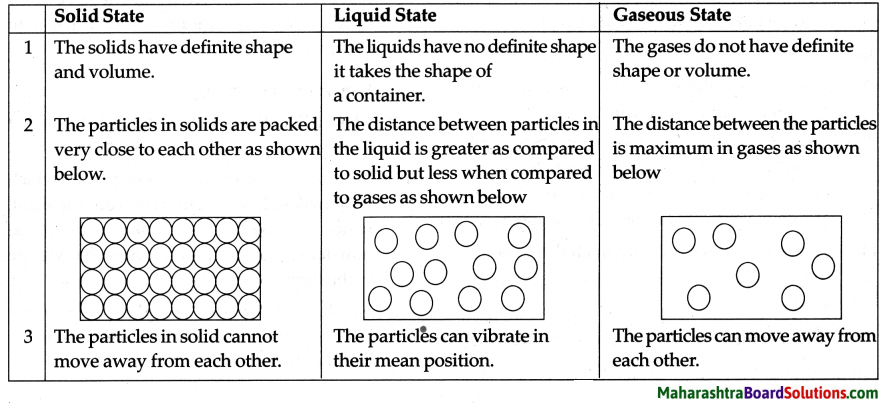
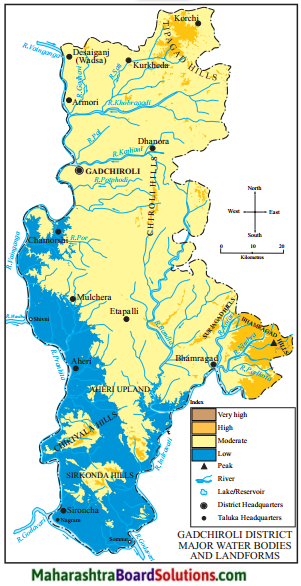
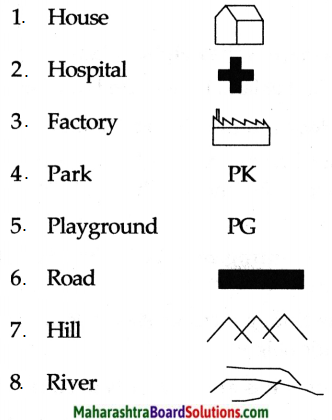
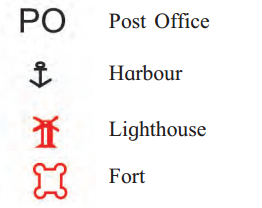
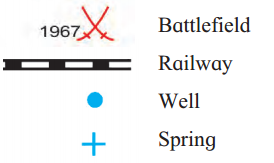
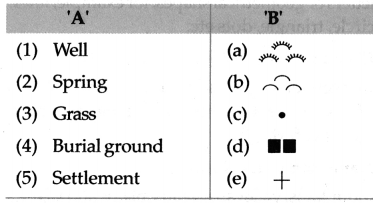
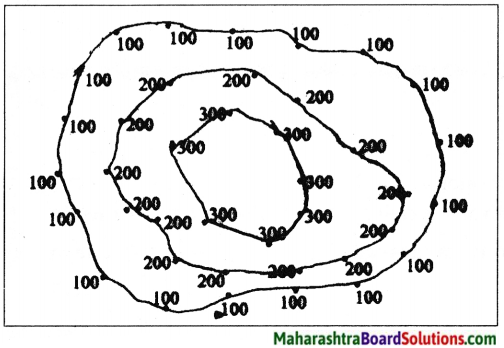
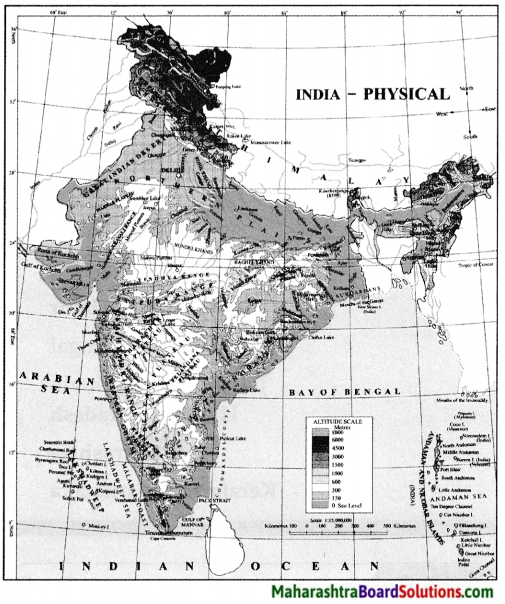



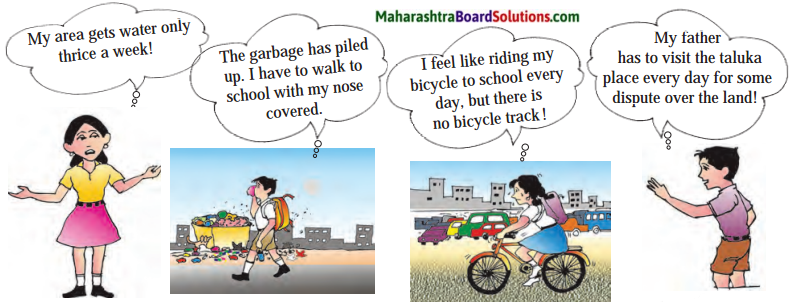 Answer:
Answer: